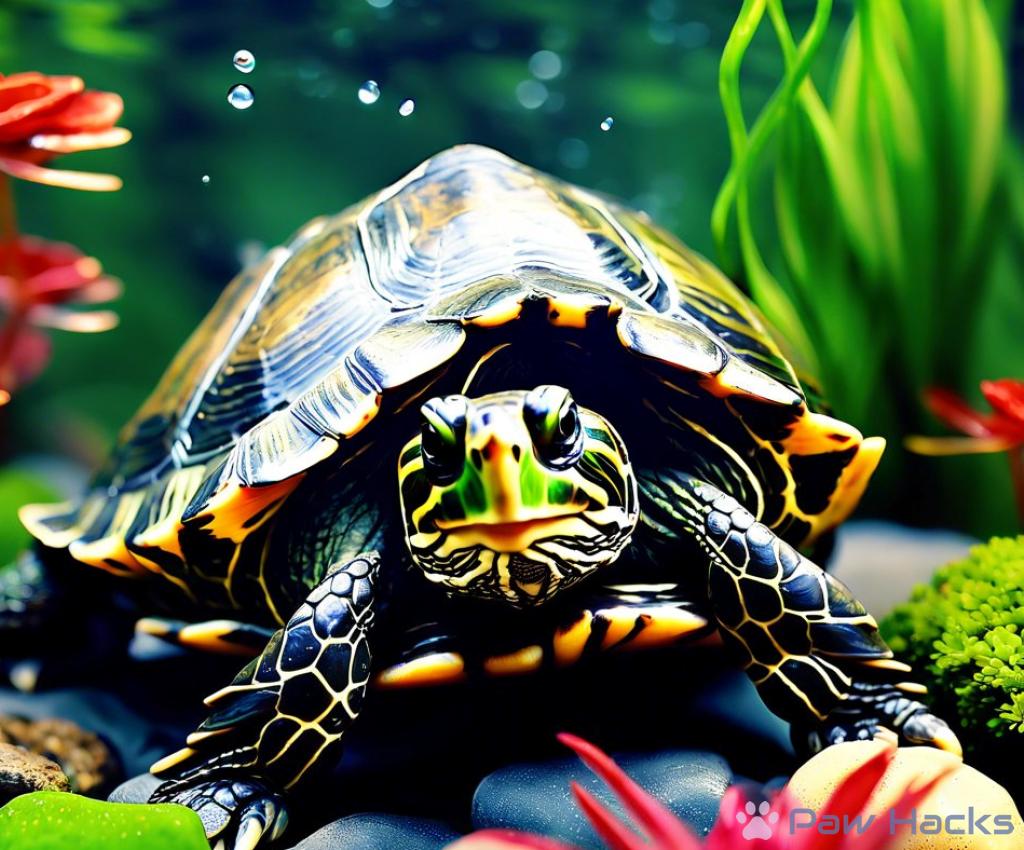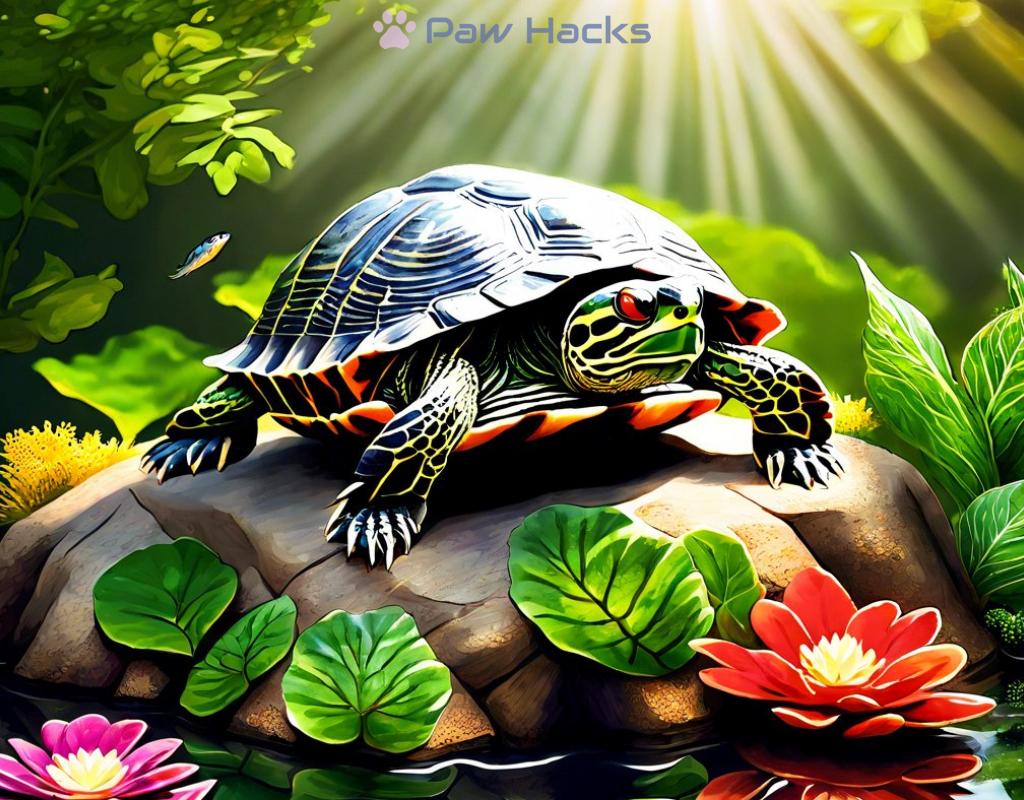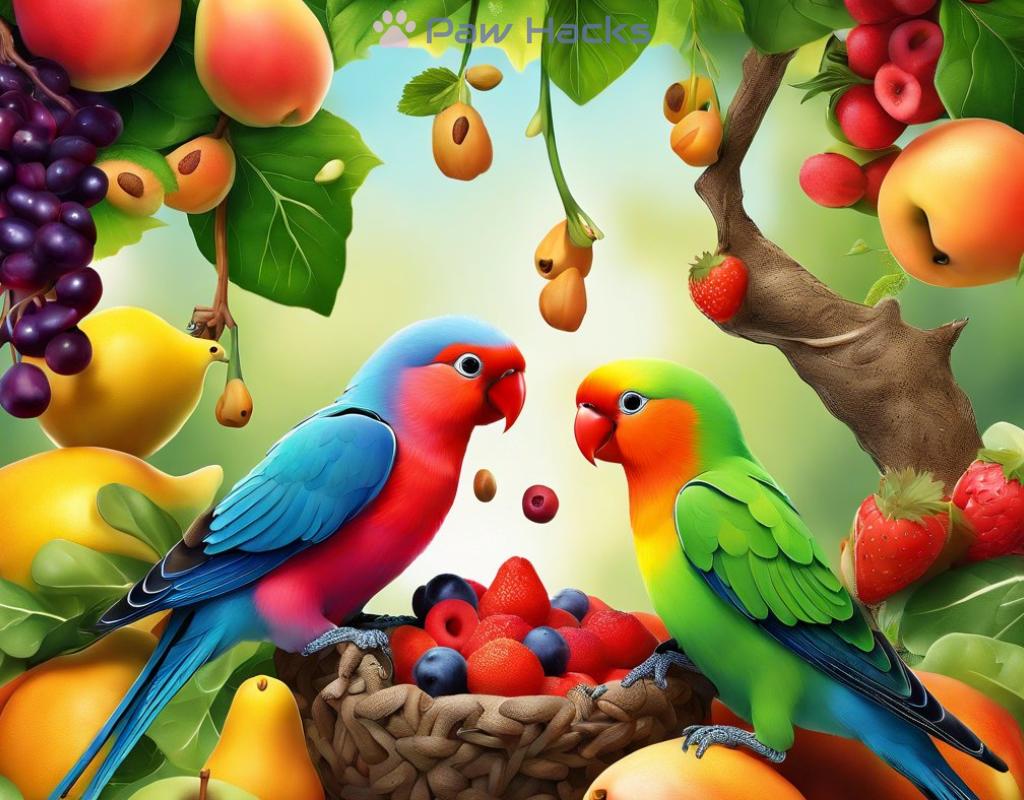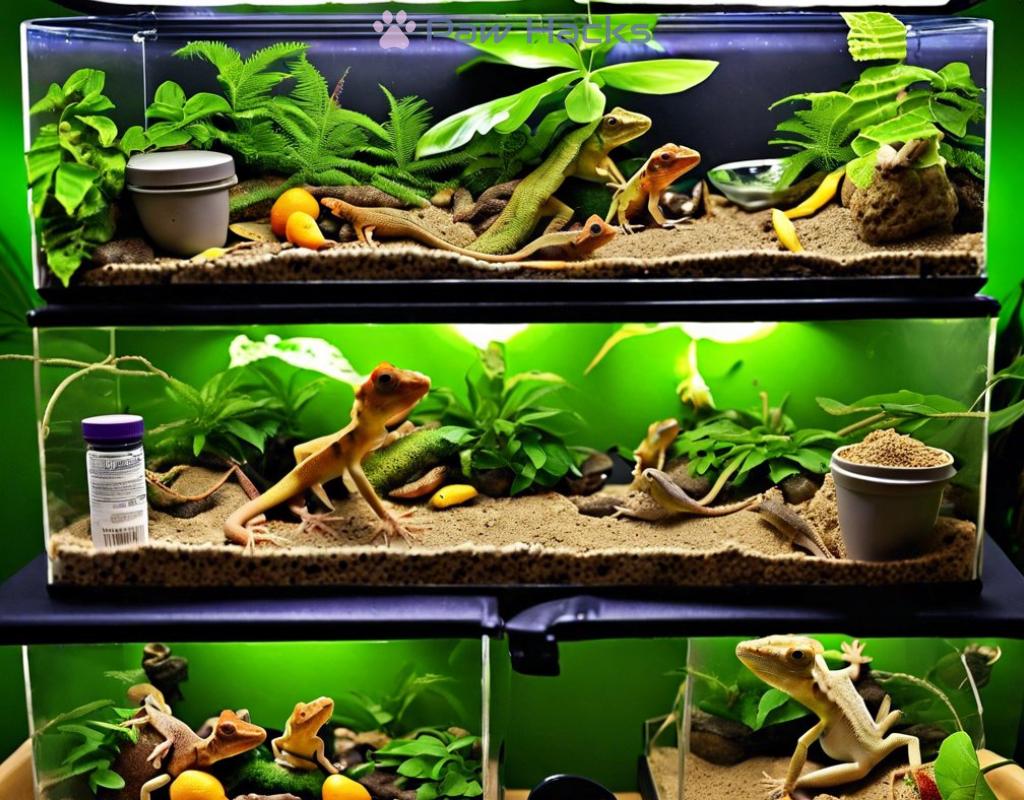Nutritional Needs of Red-Eared Sliders
Essential Foods for Thriving Red-Eared Sliders

Red-eared sliders are popular pet turtles known for their vibrant colors and playful nature. To ensure these fascinating creatures lead healthy lives, it is vital to understand their nutritional needs. A balanced diet not only supports their growth but also enhances their overall well-being, making it essential for pet owners to provide a variety of foods.
When it comes to feeding red-eared sliders, a diverse range of food types is crucial. These turtles are omnivores, meaning they require both plant-based and animal-based foods. Below is a list of essential food categories that every red-eared slider should have in their diet:
- Commercial Turtle Pellets: These are specially formulated to meet the nutritional requirements of turtles.
- Leafy Greens: Kale, collard greens, and romaine lettuce provide essential vitamins.
- Vegetables: Carrots, squash, and bell peppers can be offered in moderation.
- Protein Sources: Options like earthworms, crickets, and shrimp are vital for growth.
- Fruits: Offer fruits like strawberries and melons as occasional treats.
It’s not just about what you feed your red-eared slider, but also how often you feed them. Young turtles need to eat more frequently than adults. A general guideline is to feed juvenile sliders daily, while adults can be fed every other day. Understanding portion control is also essential; overfeeding can lead to obesity, while underfeeding can stunt growth.
| Age Group | Feeding Frequency | Suggested Portion Size |
|---|---|---|
| Juvenile (up to 1 year) | Daily | 1-2 pellets, small pieces of greens and protein |
| Adult (1 year and older) | Every other day | 2-3 pellets, moderate greens and protein |
Understanding the Importance of Calcium and Vitamins

Ensuring that red-eared sliders receive a well-rounded diet is critical, but it is equally important to focus on the specific nutrients that contribute to their health. Among these, calcium and vitamins stand out as essential components that play significant roles in the overall well-being of these turtles.
Calcium is crucial for the development and maintenance of strong bones and a healthy shell. Red-eared sliders, particularly juveniles, are in a critical growth phase where their calcium intake must be prioritized. A lack of calcium can lead to metabolic bone disease, which manifests as shell deformities and can severely impact their quality of life. Pet owners are encouraged to supplement their turtles’ diets with calcium-rich foods such as dark leafy greens, and consider using calcium powder to dust their meals. This will help ensure that their turtles are getting the necessary amount of this vital mineral.
Vitamins also play a pivotal role in the health of red-eared sliders. Vitamin A is particularly important, as it supports vision, immune function, and skin health. Green vegetables are excellent sources of vitamin A, and including a variety of them in their diet can prevent deficiencies. Similarly, Vitamin D3 is essential for calcium absorption, making it another crucial nutrient for these turtles. Exposure to UVB light, simulating natural sunlight, is necessary for red-eared sliders to synthesize vitamin D3 effectively. Therefore, providing a basking area under UVB lighting is fundamental for their dietary health.
In summary, a comprehensive understanding of the nutritional needs of red-eared sliders goes beyond just offering a variety of foods. It requires an awareness of the importance of calcium and vitamins in their diet. By prioritizing these essential nutrients and creating a feeding regimen that encompasses their needs, pet owners can help ensure their turtles thrive and maintain their vibrant health.
Balancing Protein and Plant Matter in Your Turtle’s Diet
When it comes to maintaining the health of red-eared sliders, one of the key aspects to consider is the balance between protein and plant matter in their diet. Protein is essential for growth, development, and overall vitality. Young turtles, in particular, require higher levels of protein to support their rapid growth. Sources of protein such as earthworms, crickets, and small fish should be included regularly in their meals. However, it is important to be mindful of the quantity; too much protein can lead to health issues, including shell deformities and obesity.
In addition to protein, plant matter plays a crucial role in the diet of red-eared sliders. Leafy greens and vegetables provide essential vitamins and minerals that contribute to the turtle’s overall health. For instance, dark leafy greens like kale and collard greens are rich in calcium and Vitamin A, both of which are vital for maintaining a healthy shell and supporting immune function. Fruits, while also beneficial, should be offered sparingly due to their sugar content. A diet lacking in plant matter can lead to deficiencies and various health problems.
The challenge for turtle owners is to strike the right balance between these two food categories. A general guideline is to aim for a ratio where approximately 30-50% of the diet consists of animal protein, while the remaining 50-70% should be plant-based. This balance ensures that turtles receive the necessary nutrients without overloading them with protein. Utilizing a variety of foods can help achieve this balance, as each type of food offers unique nutritional benefits. Regularly monitoring your turtle’s weight and health can also provide insights into whether adjustments are needed.
| Diet Component | Recommended Percentage |
|---|---|
| Animal Protein | 30-50% |
| Plant Matter | 50-70% |
By understanding the significance of both protein and plant matter in your turtle’s diet, you can create a feeding regimen that promotes health and longevity. With careful consideration of their dietary needs, red-eared sliders can thrive and enjoy a vibrant life.
Common Dietary Mistakes to Avoid for Healthy Sliders
Providing the right diet for red-eared sliders is crucial for their health and longevity. However, many pet owners unknowingly make dietary mistakes that can lead to serious health issues. Recognizing these common pitfalls can help ensure that your turtles thrive and maintain a balanced nutritional intake.
While commercial turtle pellets are an essential part of a red-eared slider’s diet, relying exclusively on them can deprive turtles of vital nutrients. These pellets are designed to meet basic nutritional needs but are not a substitute for a varied diet.
To create a well-rounded meal plan, it’s important to supplement pellets with fresh fruits, vegetables, and protein sources. A diverse diet not only enhances flavor but also ensures that sliders receive all essential vitamins and minerals.
Calcium and vitamins are critical for the health of red-eared sliders, especially for young turtles undergoing growth. Many owners forget to incorporate calcium-rich foods or fail to dust their meals with calcium powder. This oversight can lead to metabolic bone disease, resulting in deformities and health complications.
Additionally, without adequate vitamin D3, their bodies cannot absorb calcium effectively. Ensure your sliders have access to UVB lighting to facilitate the synthesis of this essential vitamin. A well-lit basking area is vital for their dietary health.
Feeding habits can significantly impact a turtle’s health. Overfeeding is a common mistake that can lead to obesity, while underfeeding can stunt growth. Understanding portion sizes is crucial for maintaining a healthy balance.
As a general guideline, juvenile sliders should be fed daily, while adults can be fed every other day. Monitoring their weight and adjusting portion sizes based on their growth and activity levels can help prevent dietary-related issues.
In summary, avoiding these common dietary mistakes can make a significant difference in the health and well-being of red-eared sliders. By ensuring a balanced diet that includes a variety of foods, proper supplementation, and careful portion control, you can help your turtles lead long, healthy lives.
How to Create a Nutritional Feeding Schedule for Your Turtle
Creating a feeding schedule for your red-eared slider is essential to ensure its health and longevity. A thoughtful approach to meal planning can significantly impact your turtle’s growth and well-being. By understanding the specific dietary needs of these turtles, you can develop a routine that keeps them thriving. This guide will help you navigate the aspects of establishing a nutritional feeding schedule that meets the unique requirements of your shelled companion.
Your turtle’s age plays a pivotal role in determining how often and how much to feed. Juvenile sliders, for instance, are in a rapid growth phase and require daily feeding. In contrast, adult turtles have slower metabolisms and can be fed every other day. This age distinction is crucial; feeding a juvenile too infrequently can hinder its growth, while overfeeding an adult can lead to obesity. Monitoring your turtle’s growth and adjusting the feeding schedule as it matures is key to maintaining a healthy lifestyle.
It’s important to incorporate a balanced diet into your feeding schedule. Aim for approximately 30-50% of the diet to consist of animal protein, while 50-70% should focus on plant matter. This balance can be challenging to achieve without careful planning. Consider dedicating specific days for different types of food, such as offering protein sources like earthworms or crickets on one day, while reserving leafy greens and vegetables for the next. This variety not only keeps meals interesting for your turtle but also ensures they receive a comprehensive range of nutrients.
Consistency is key when it comes to your turtle’s feeding schedule. Turtles thrive on routine, and establishing regular feeding times can help them anticipate mealtime, which can also reduce stress. Choose times that fit your daily routine, and stick to them as closely as possible. It’s beneficial to observe your turtle’s behavior during feeding times; if they seem eager and active, it’s a good sign that the schedule is working well. Remember to adjust portions based on your turtle’s specific needs, age, and activity level, ensuring that you’re not overloading or underfeeding.
Share this content:



